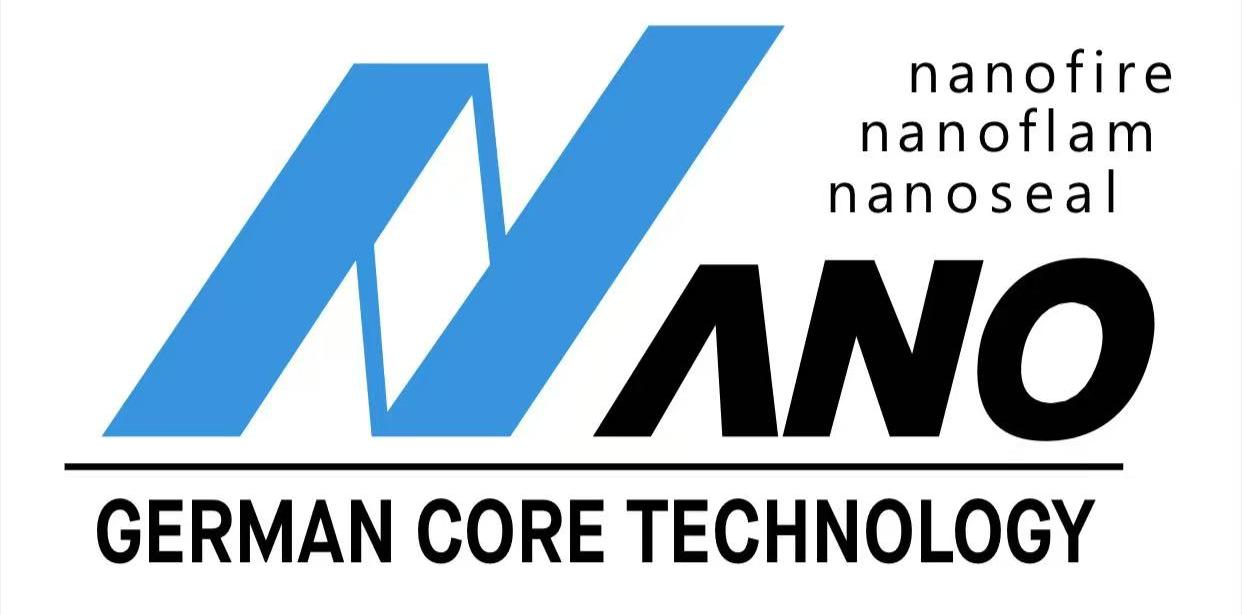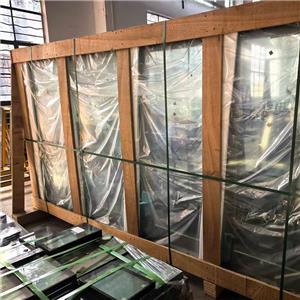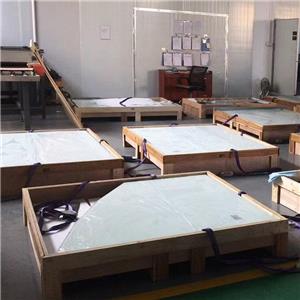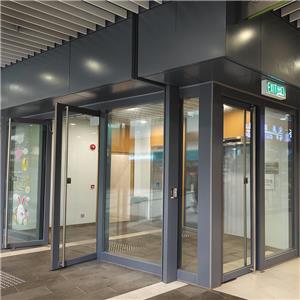The Critical Role of Fire-Resistant Glass in High-Rise Escape Routes
The Critical Role of Fire-Resistant Glass in High-Rise Escape Routes: Engineering Safety through Transparency
High-rise buildings face unique fire-safety challenges due to vertical evacuation complexities, limited firefighter access, and the potential for rapid smoke spread. In this context, fire-resistant glass transforms escape routes—such as stairwells, corridors, and elevator lobbies—into life-saving protected pathways, merging critical safety functions with architectural design. Here’s how this technology redefines survival in high-rise emergencies:
1. Containment of Deadly Fire Elements
Fire-rated glass acts as an intelligent barrier, maintaining structural integrity even at temperatures exceeding 1000°C. Unlike ordinary glass (which shatters within minutes at ~700°C), specialized laminated or ceramic fire glass uses intumescent interlayers that expand under heat, sealing gaps and blocking flames, smoke, and toxic gases for 60–120 minutes (certified as EI60/EI120). This containment prevents "flashover" scenarios in stairwells—a leading cause of evacuation failures.
2. Preserving Escape Route Integrity
During fires, visibility and accessibility of exits are paramount. Fire-resistant glass:
Ensures visibility through smoke-filled corridors, reducing panic and aiding navigation.
Prevents heat radiation transfer, keeping non-fire side surfaces below 140°C to avoid secondary ignition and burns.
Withstands thermal shock from sprinklers, eliminating sudden integrity failure during firefighting.
In Singapore’s SCDF-regulated buildings, fire glass in elevator lobbies and stair enclosures allows safe vertical movement—a critical advantage when horizontal exits are blocked.
3. Code Compliance and Design Integration
Modern building codes (e.g., Singapore’s Fire Code, BS 476, SS 332) mandate fire-rated barriers along escape paths. Fire glass meets these requirements while enabling:
Daylight penetration to reduce reliance on emergency lighting and improve psychological well-being.
Aesthetic flexibility with clear, tinted, or frosted finishes for seamless integration into lobby designs.
Structural versatility in doors, windows, and full-height partitions without compromising spatial flow.
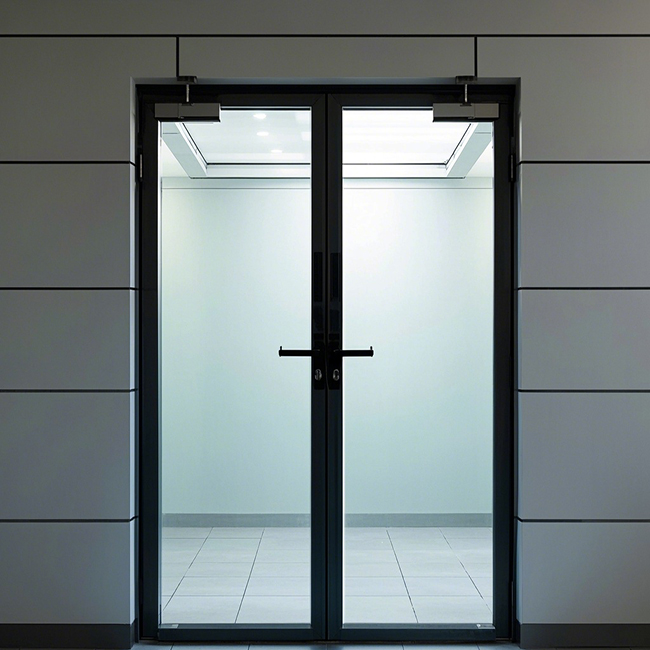
4. Enhanced Firefighting and Occupant Safety Synergy
Fire-rated glass supports coordinated emergency responses:
Firefighter access: Transparent barriers allow visual assessment of fire locations without opening doors, preventing oxygen-fed flare-ups.
Delayed compartmentalization: Confining fires to origin zones buys time for both evacuation and suppression operations.
Reduced casualties: In the 2023 Guangzhou Tower fire, EI90-rated stairwell glass prevented smoke ingress, enabling 1,400+ occupants to evacuate safely.
5. Future Innovations in Escape Route Safety
Emerging technologies are enhancing fire glass’s role in escapes:
Smart sensors: Glass integrated with IoT-enabled heat detectors triggers automatic alarms and escape-route lighting.
Hybrid systems: Combining fire resistance with blast protection (e.g., for high-risk industrial towers).
Dynamic tinting: Electrochromic fire glass adjusts opacity to control radiant heat while maintaining visibility.
Why Transparency Matters in Escapes
"Fire-rated glass transforms passive exits into active shields. Its dual role—blocking destruction while enabling sight—redefines survival psychology: people move toward light, not darkness, during chaos." — Singapore Fire Safety Journal, 2024.
By engineering resilience into every transparent barrier, fire-resistant glass ensures escape routes remain viable, visible, and vital. As skylines reach higher, this technology anchors safety in the race against time and temperature.
